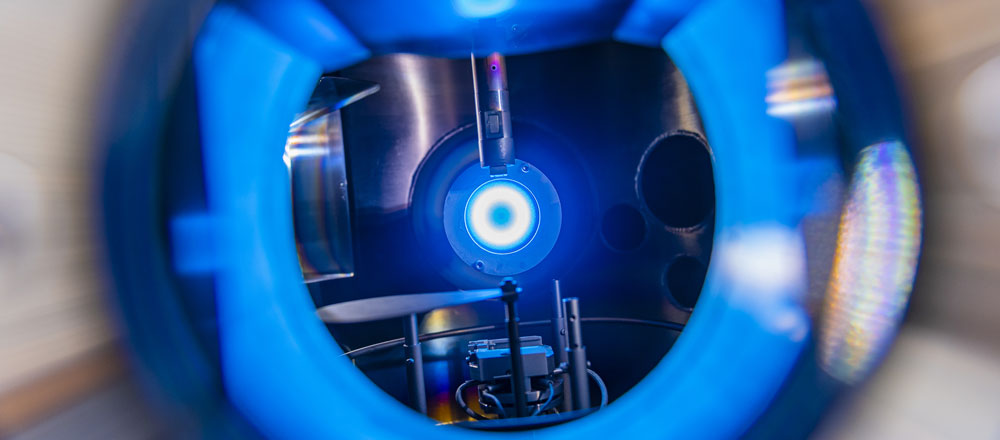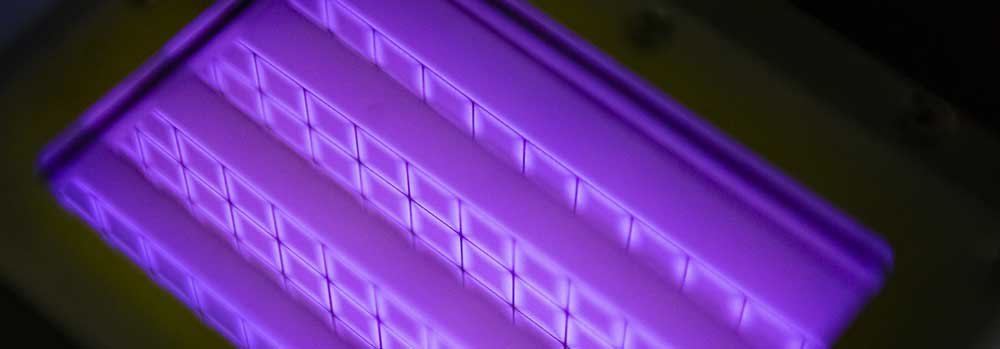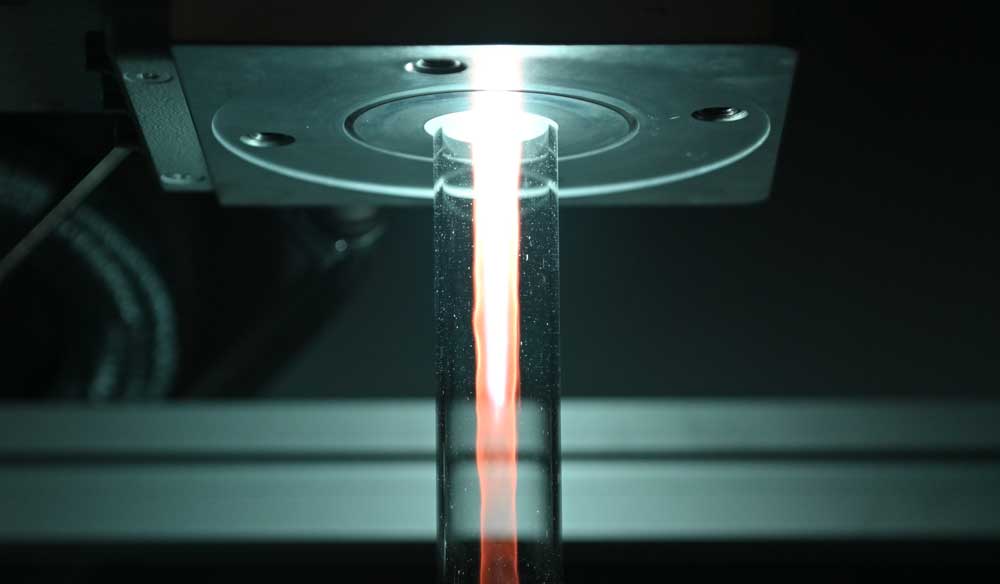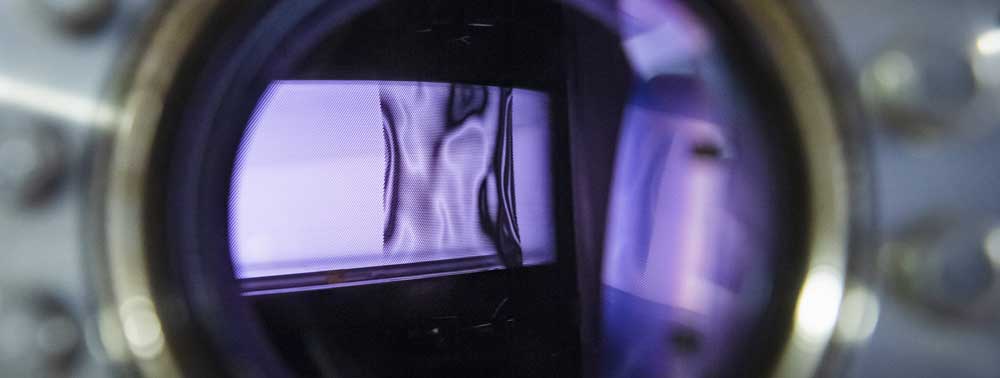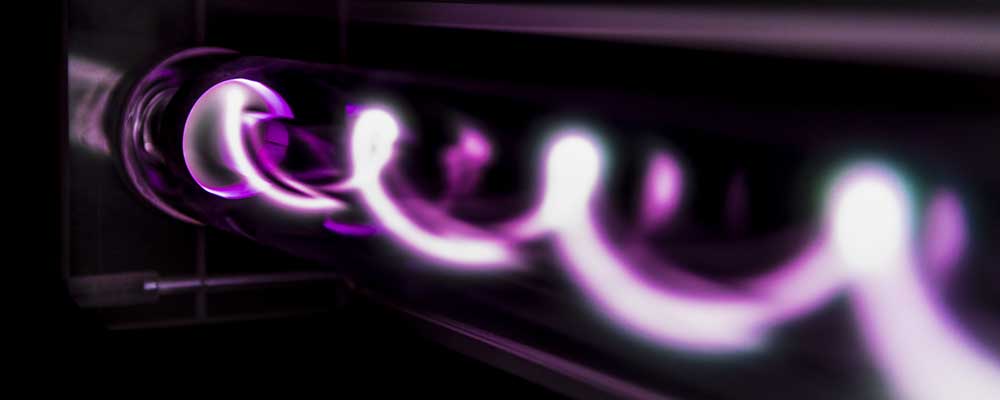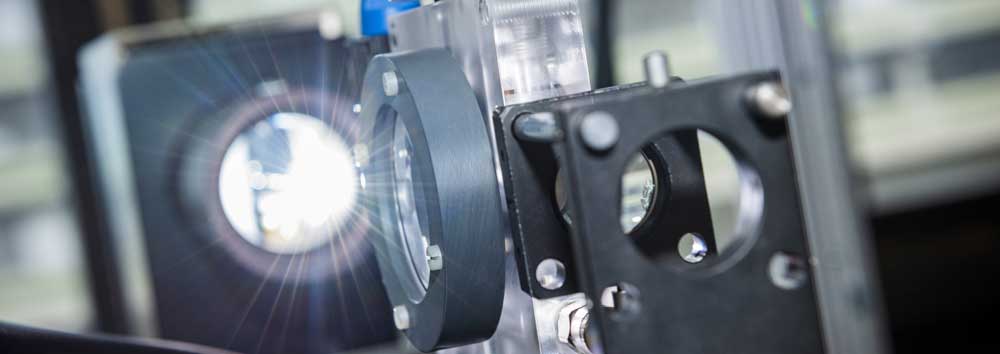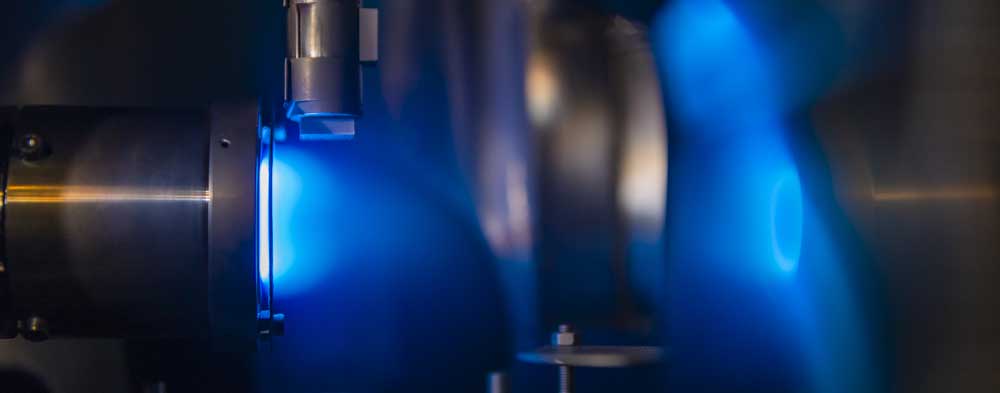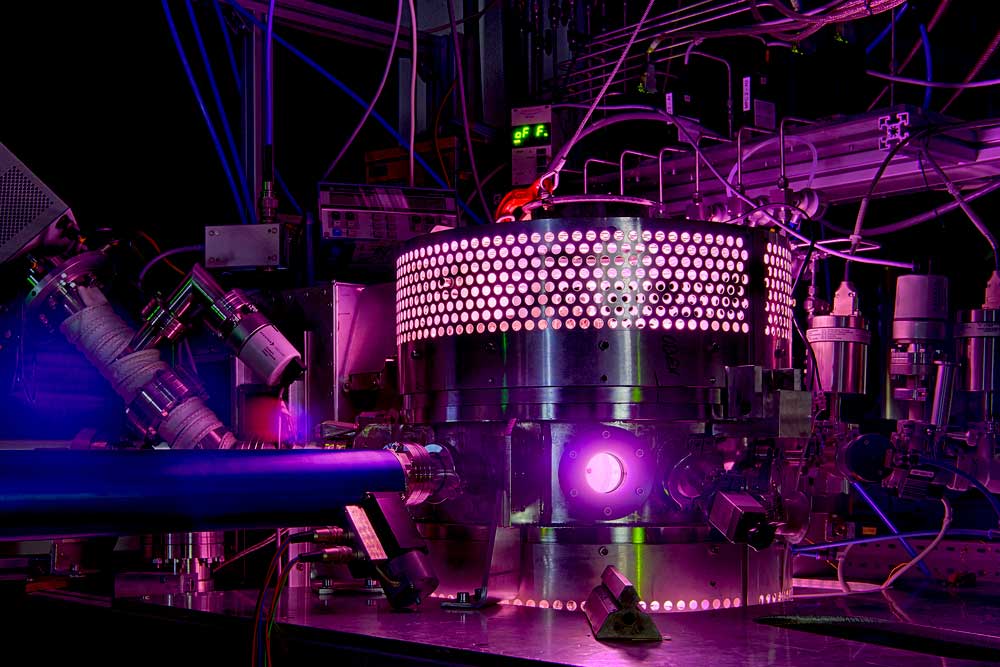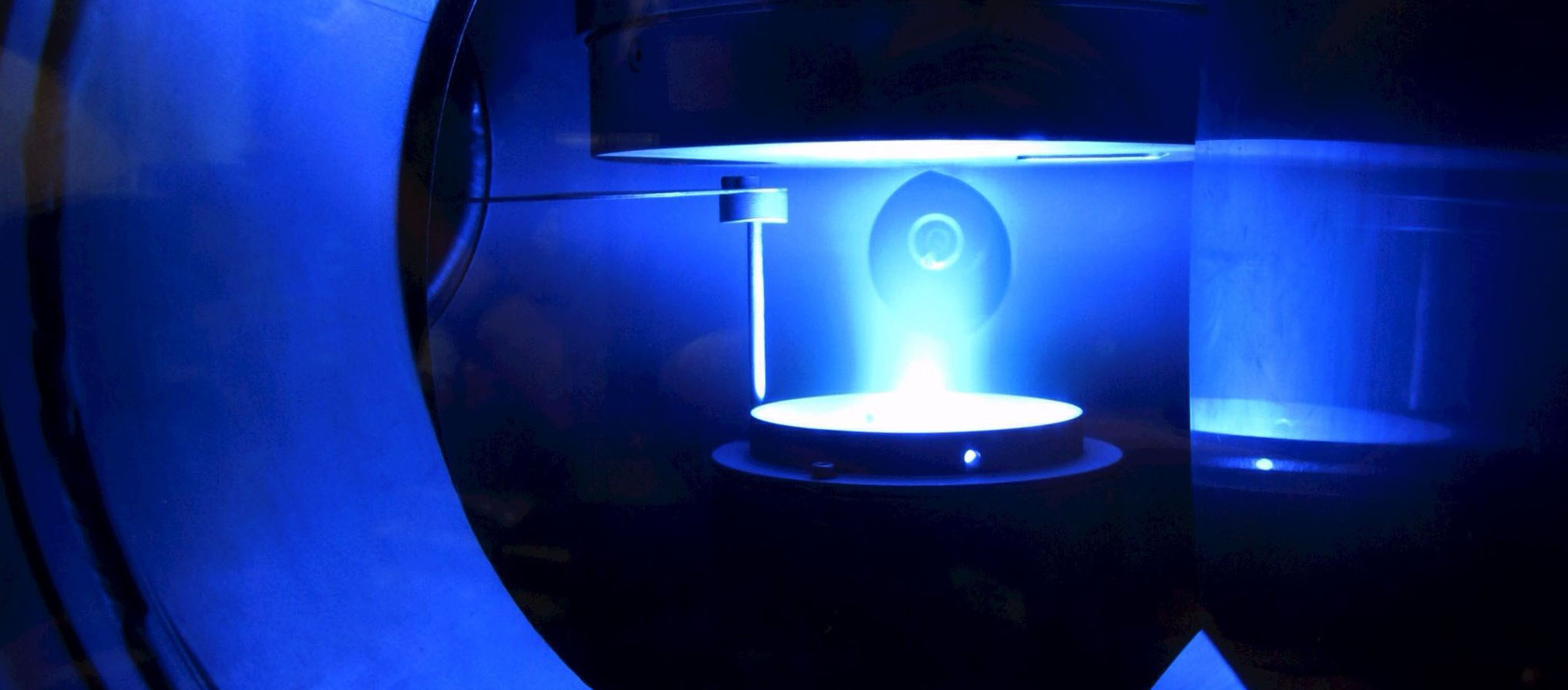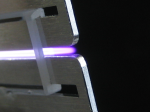Scientists
Further growing number of members within the Research Department
The Research Department would like to welcome three new members within the community of scientists of the RD Plasma. Two well-known members of the RUB also join the Research Department with their expertise, Prof. Dr. Martin Hoffmann (Microsystems Technology) and Prof. Dr. Nils Metzler-Nolte (Bioinorganic Chemistry). Furthermore, a new member of the RUB at the institute for astro physics, the ERC Grant awardee Prof. Dr. Hendrik Hildebrandt enlarges the group of members within the Research Department.
Plasma-astrophysics
High Energy Plasma and Astrophysics
 With new challenging problems plasma-astrophysics is re-emerging in the overlapping fields of plasma research and astrophysics. It has attracted a broad interest recently after the observation of gamma ray bursts and cosmic radiation with energies up to Exa-electron volts. It has become clear that a satisfactory explanation of these phenomena can only be obtained using new methods and approaches of plasma science involving the interaction of charged particles and of photons with the cosmic background radiation. On the astronomic scale formation of structures are observed, similar to those in hot fusion plasmas. The physics of protuberances and of solar flares is governed by magnetic reconnection. Its nature and the associated plasma heating are still unresolved questions.
With new challenging problems plasma-astrophysics is re-emerging in the overlapping fields of plasma research and astrophysics. It has attracted a broad interest recently after the observation of gamma ray bursts and cosmic radiation with energies up to Exa-electron volts. It has become clear that a satisfactory explanation of these phenomena can only be obtained using new methods and approaches of plasma science involving the interaction of charged particles and of photons with the cosmic background radiation. On the astronomic scale formation of structures are observed, similar to those in hot fusion plasmas. The physics of protuberances and of solar flares is governed by magnetic reconnection. Its nature and the associated plasma heating are still unresolved questions.
Micro-Biology
Plasma Interactions with Biological Systems
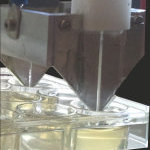 In the section "Plasma Interactions with Biological Systems" we focus on interactions of technical plasmas with biological systems relevant for plasma sterilization and bio-medicine. With regard to plasma sterilization we address the efficiency of different plasma reactors as well as mechanisms of inactivation of both bio-molecules and organisms. The influence of the biological matter on the composition and characteristics of the plasmas is also of great interest. Atmospheric pressure plasmas harbor great potential for applications in bio-medicine. We seek a better understanding of the interactions on a molecular level as well as the system level by modeling and characterizing the plasmas and analyzing the effects on bio-molecules and living systems.
In the section "Plasma Interactions with Biological Systems" we focus on interactions of technical plasmas with biological systems relevant for plasma sterilization and bio-medicine. With regard to plasma sterilization we address the efficiency of different plasma reactors as well as mechanisms of inactivation of both bio-molecules and organisms. The influence of the biological matter on the composition and characteristics of the plasmas is also of great interest. Atmospheric pressure plasmas harbor great potential for applications in bio-medicine. We seek a better understanding of the interactions on a molecular level as well as the system level by modeling and characterizing the plasmas and analyzing the effects on bio-molecules and living systems.
Theoretical physics
Modelling, Theory, and Computational Plasma Physics
 Typical interactions in most plasma systems involve length scales varying over orders of magnitude from kinetic to macroscopic fluid scales. Modeling of these interactions requires multiscale modeling of small-scale processes. In order to develop such models insight gained from multiscale adaptive mesh refinement simulations and even multiscale-multiphysics simulations coupling kinetic and fluid-like descriptions are necessary. Full six-dimensional Vlasov simulations have started to be feasible with the introduction of massive parallel machines like BlueGene or new techniques based on graphics card computing.
Typical interactions in most plasma systems involve length scales varying over orders of magnitude from kinetic to macroscopic fluid scales. Modeling of these interactions requires multiscale modeling of small-scale processes. In order to develop such models insight gained from multiscale adaptive mesh refinement simulations and even multiscale-multiphysics simulations coupling kinetic and fluid-like descriptions are necessary. Full six-dimensional Vlasov simulations have started to be feasible with the introduction of massive parallel machines like BlueGene or new techniques based on graphics card computing.
Applied plasma physics
Weakly Magnetized Technological Plasmas
One key technical plasma application is the modification of surfaces by dry etching, thin film deposition, and/or surface functionalization. New promising discharge configurations were designed e.g. magnetized plasmas utilizing inhomogeneous field structures (cusps, neutral loop), multi frequency plasmas, and discharges operating with tailored voltage forms. One goal of the research is to enable the independent control of electron density and ion energy.
Experimental physics
Low Temperature Plasmas and Microplasmas
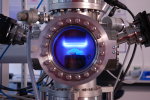 This section deals with the development and characterization of low temperature plasma discharges operating at low pressures, at atmospheric pressure or above. Low pressure plasma discharges are governed by various energy coupling mechanisms and by the rich chemistry driven by the complex electron energy distribution function. Microplasmas - plasmas being confined within narrow spaces (~10µm) allow the stable operation of plasmas with non-equilibrium properties. Microplasmas are characterized by high electron densities and very low electron temperatures. All this research is accompanied by appropriate multi-scale models based on an improved theoretical understanding.
This section deals with the development and characterization of low temperature plasma discharges operating at low pressures, at atmospheric pressure or above. Low pressure plasma discharges are governed by various energy coupling mechanisms and by the rich chemistry driven by the complex electron energy distribution function. Microplasmas - plasmas being confined within narrow spaces (~10µm) allow the stable operation of plasmas with non-equilibrium properties. Microplasmas are characterized by high electron densities and very low electron temperatures. All this research is accompanied by appropriate multi-scale models based on an improved theoretical understanding.
The Research Department “Plasmas with Complex Interactions” explores currently unknown scientific areas which are characterized by the complex interactions of plasmas with the media into which they are embedded and by their interactions with the bounding structures and materials, respectively. The Research Department carries plasma techniques and methods well beyond their traditional limits by exploring the interfaces to solid state physics, materials science, chemistry, biology and astronomy. The RD consists of five sections.
